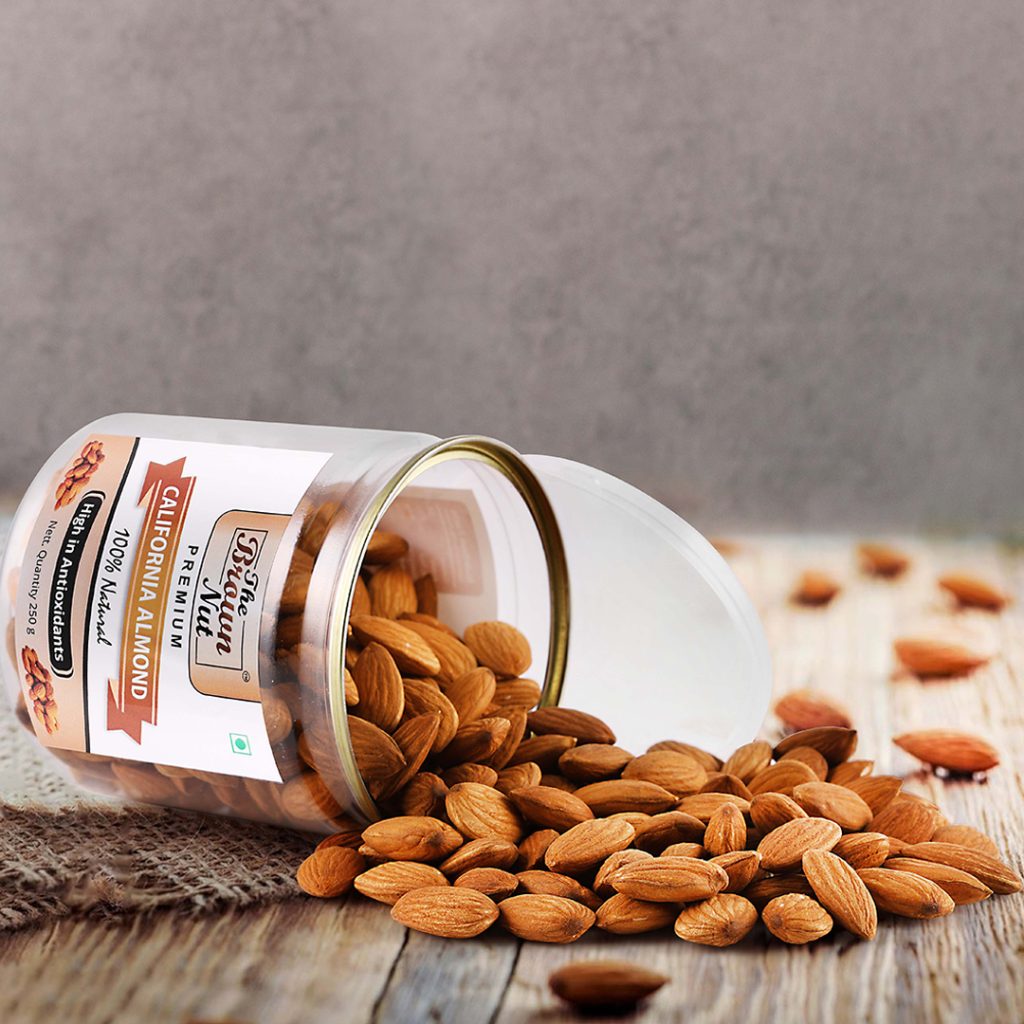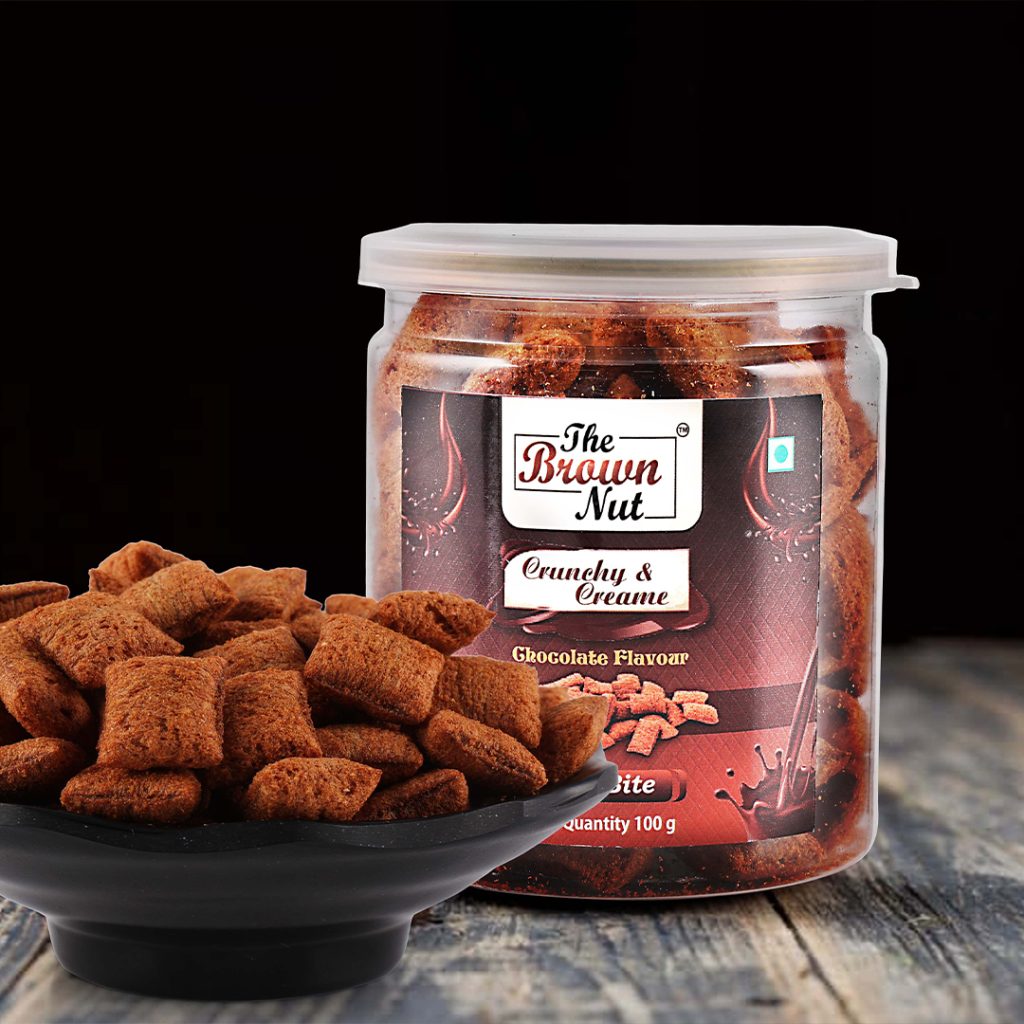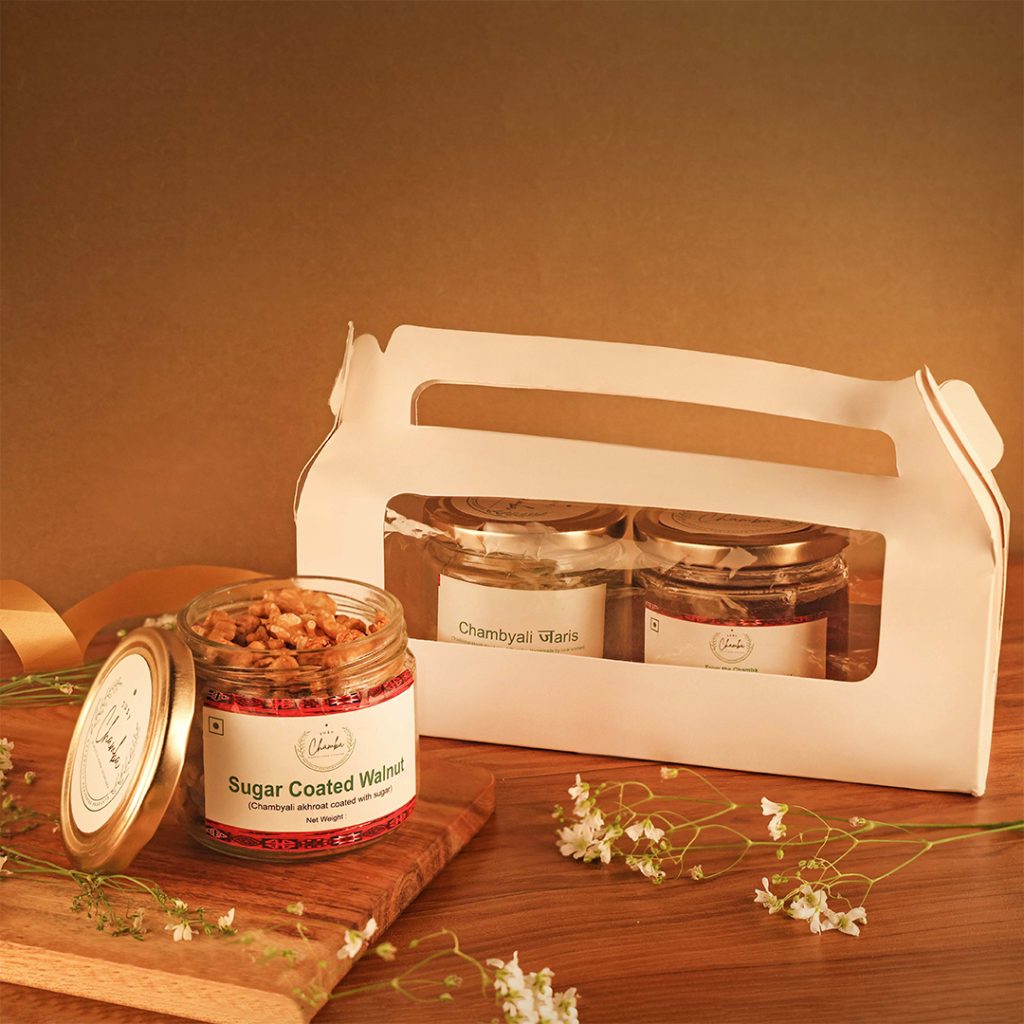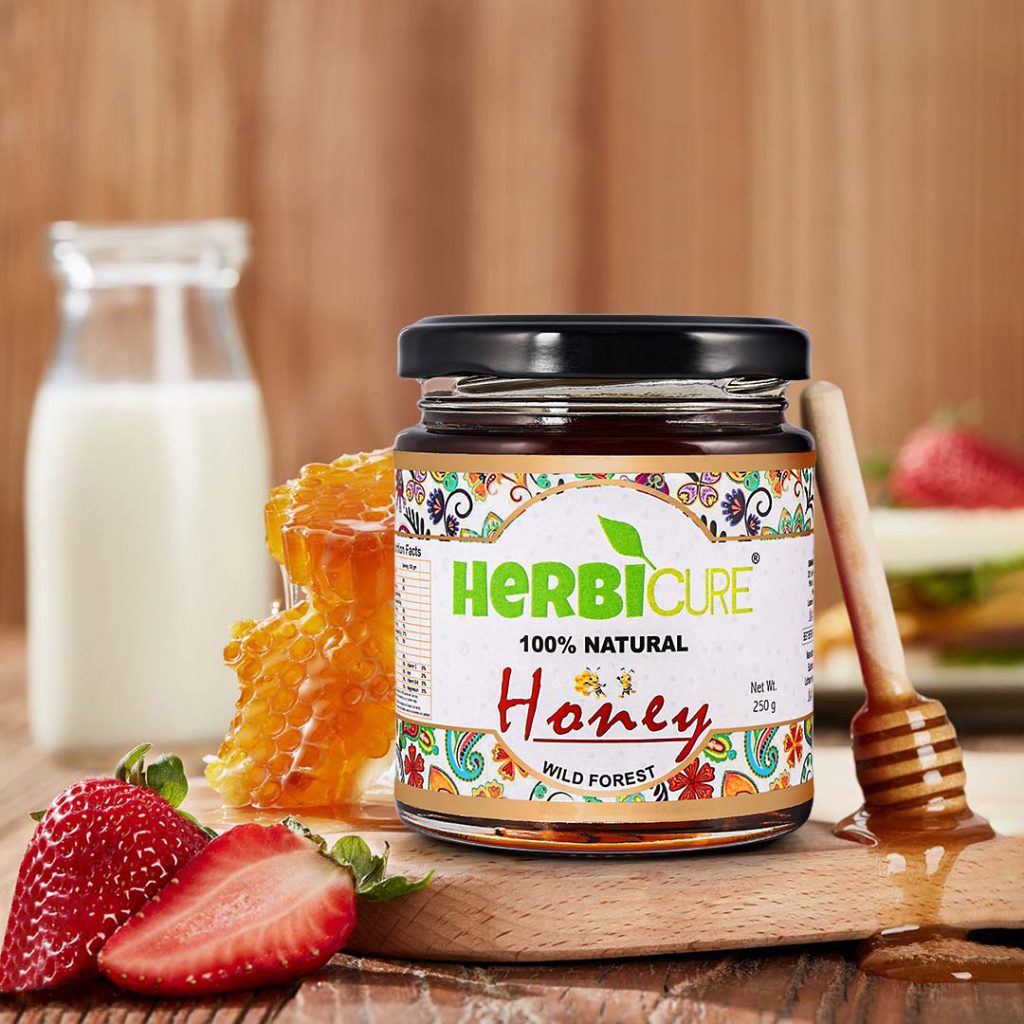All You Need To About Food Photography:
Food photography has become increasingly popular with the rise of social media platforms like Instagram and the popularity of food blogging. Whether it’s for restaurant menus, cookbooks, food blogs, or advertising campaigns, food photographers use their skills and creativity to make the food look as tempting as possible.
Whether you’re a professional photographer or just starting out, capturing mouthwatering images of food requires some basic knowledge and practice. In this comprehensive guide, we will explore the fundamentals of food photography, from the equipment you need to the techniques that will help you create stunning images. Here are some of the best tips for perfect food photography:
1. First Under Food Products/Items Type
The first step of food photography is understanding its types. Product photography is required for restaurants, bakeries, and food manufacturers to show food ingredients or pic in the best way. Food photography is not in similar ways for every product. So before starting photography, one should understand food types and plan according to them. Pay attention to details such as clean plates, wiped surfaces, and fresh ingredients.
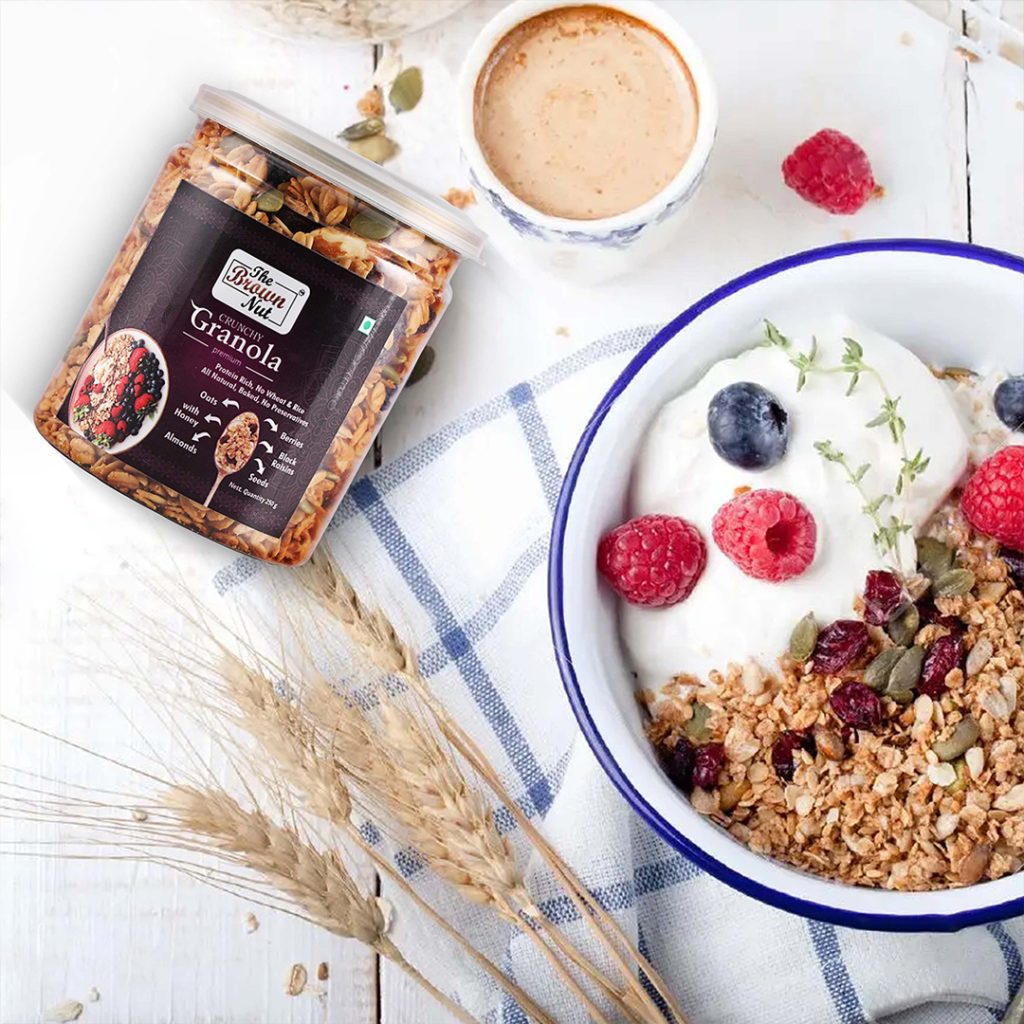
2. Choosing the Right Camera
The second step in food photography is selecting the right camera. While professional cameras and lenses can enhance your photos, they are not necessary to create beautiful images. If you’re just starting out, a point-and-shoot camera can be a cost-effective and user-friendly option. However, if you’re looking for more control and better image quality, a DSLR (digital single-lens reflex) camera is worth considering. DSLRs allow you to adjust settings such as aperture, shutter speed, and ISO, giving you more creative freedom.
3. Understanding Lighting
Lighting is crucial in food photography, as it can make or break your image. Natural light is often the best choice for capturing food, as it provides a soft and flattering glow. Indirect daylight, such as a shady spot on a sunny day, is ideal as it avoids harsh shadows and color distortion. Avoid using direct sunlight, as it can create strong shadows and overexpose your photos. If natural light is not available, consider using artificial lights that mimic natural lighting conditions.
4. Mastering Composition
Composition plays a vital role in creating visually appealing food photos. The rule of thirds is a popular composition technique that involves dividing your image into a grid of nine equal parts and placing your subject at the intersections of these lines. This creates a more balanced and engaging composition. Experiment with different angles, such as shooting from a 45-degree angle or directly overhead, to add depth and interest to your photos. Additionally, consider the placement of props and garnishes to enhance the overall composition. Consider the seasonality and color palette of your food to create a cohesive and appealing image. Use a tripod to ensure sharp and steady shots, especially in low-light situations.
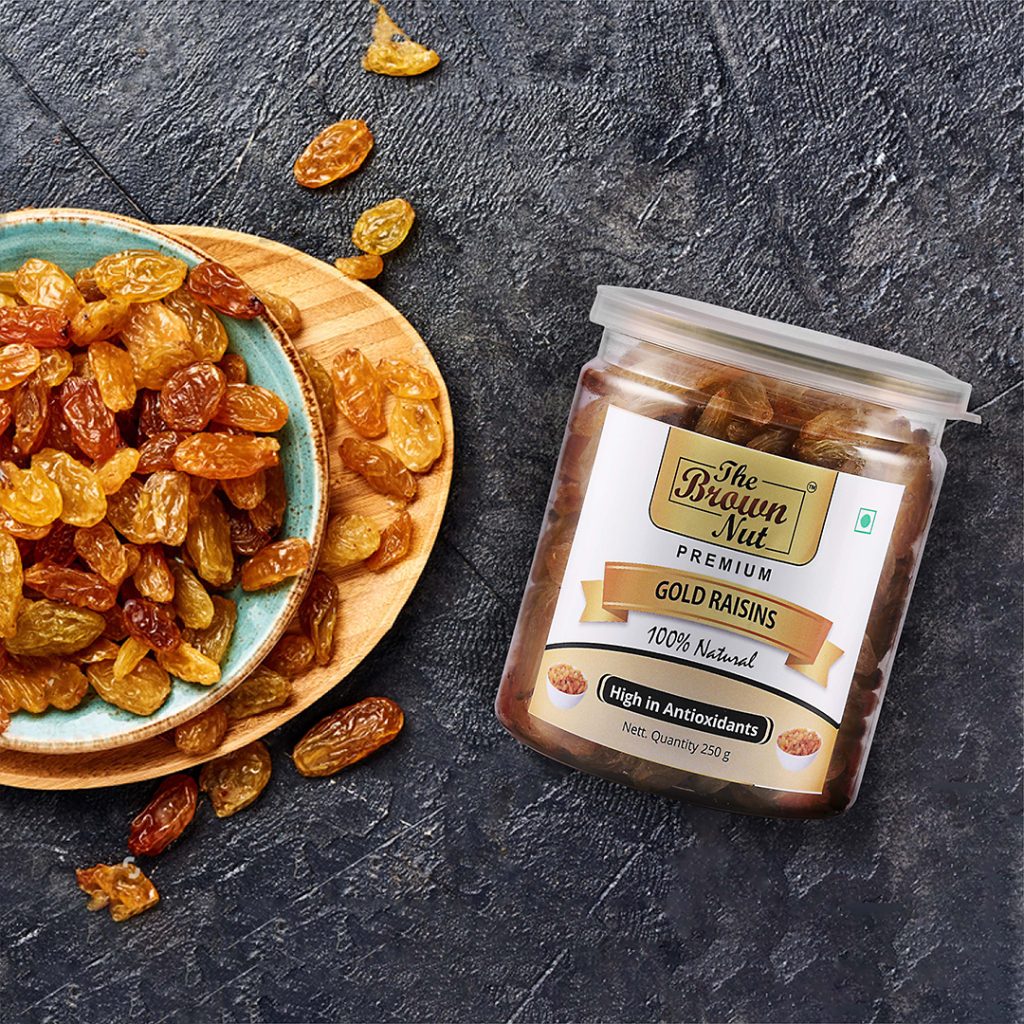
5. Controlling Exposure
Exposure refers to the amount of light that reaches your camera’s sensor. It is determined by three factors: shutter speed, aperture, and ISO. Shutter speed controls the duration of time the camera’s shutter is open, affecting the amount of light that enters the sensor. Aperture, on the other hand, determines the size of the lens opening, influencing the amount of light and depth of field in your photos. ISO measures the sensitivity of your camera’s sensor to light. Balancing these three elements is key to achieving the desired exposure in your food photos.
6. Enhancing Depth of Field
Depth of field refers to the range of sharpness in your photo, from the foreground to the background. It is controlled by the aperture setting. A wide aperture (low f-number) creates a shallow depth of field, with the subject in focus and the background blurred. This technique can draw attention to the main element of your photo and create a sense of depth. On the other hand, a narrow aperture (high f-number) increases the depth of field, resulting in more of the image being in focus. Experiment with different aperture settings to achieve the desired effect in your food photos.
7. Styling and Props
Styling and props are essential in food photography as they help set the mood and tell a story. Choose props that complement the food, such as neutral-colored plates, utensils, and linens, to keep the focus on the dish itself. Consider adding garnishes or fresh ingredients to add color and texture to your photos. Experiment with different plating techniques to showcase the food in an appealing way. Additionally, pay attention to details such as cleanliness and arrangement to create a visually pleasing composition.
8. Post-Processing and Editing
Post-processing and editing can take your food photos to the next level. While it’s important to capture a well-exposed and well-composed image straight out of the camera, editing software can help enhance colors, adjust brightness and contrast, and remove any imperfections. Popular editing tools include Adobe Lightroom and Photoshop, as well as mobile apps like Snapseed and VSCO. Experiment with different editing techniques to find your unique style and make your food photos truly stand out.
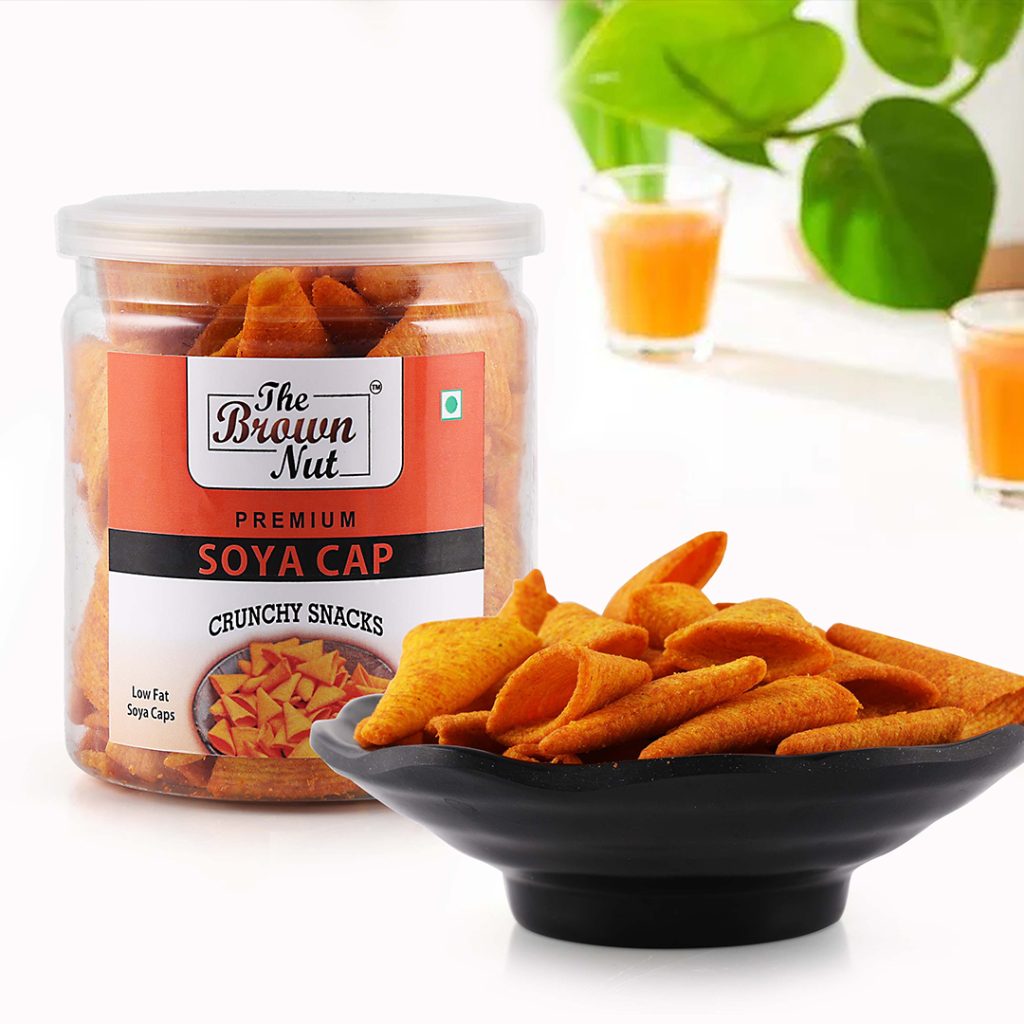
9. Developing Your Style
Developing your own style is an important aspect of food photography. It sets you apart from others and helps create a consistent and recognizable brand. Experiment with different lighting, compositions, and editing techniques to find what resonates with you. Explore different food genres and cuisines to diversify your portfolio. Experiment with different backgrounds and textures to add interest to your photos. Remember, developing a unique style takes time and practice, so keep experimenting and refining your skills.
10. Practice, Practice, Practice
The key to becoming a skilled food photographer is practice. The more you photograph food, the better you will become at capturing its beauty and essence. Challenge yourself to photograph a variety of dishes, experiment with different lighting conditions, and continually refine your techniques. Remember, Rome wasn’t built in a day, and your photography skills will improve over time with dedication and persistence.
Now that you have a solid foundation in product photography, it’s time to grab your camera and start capturing stunning images of delicious dishes. Remember to have fun, experiment, and let your creativity shine through. Happy shooting!
